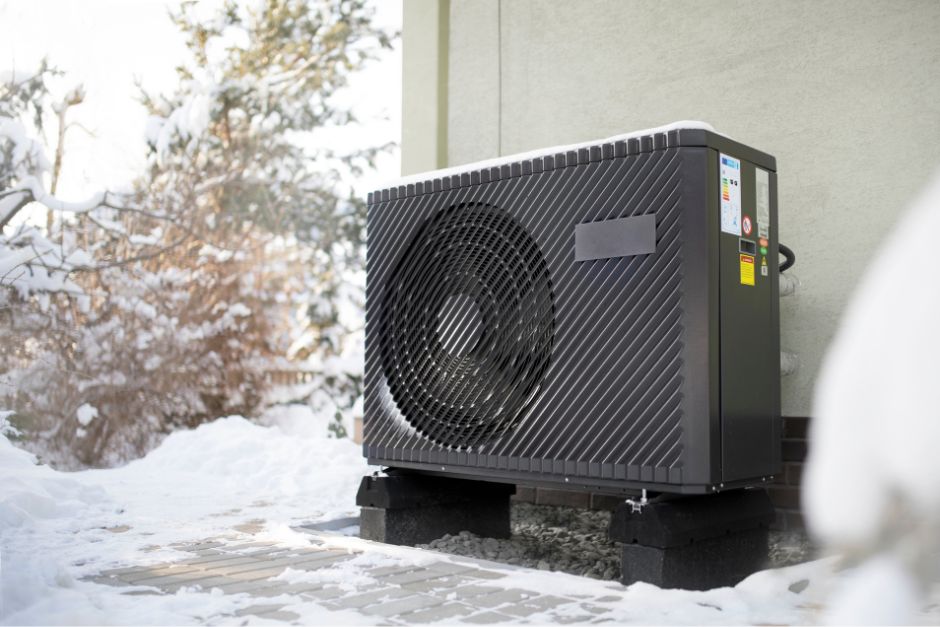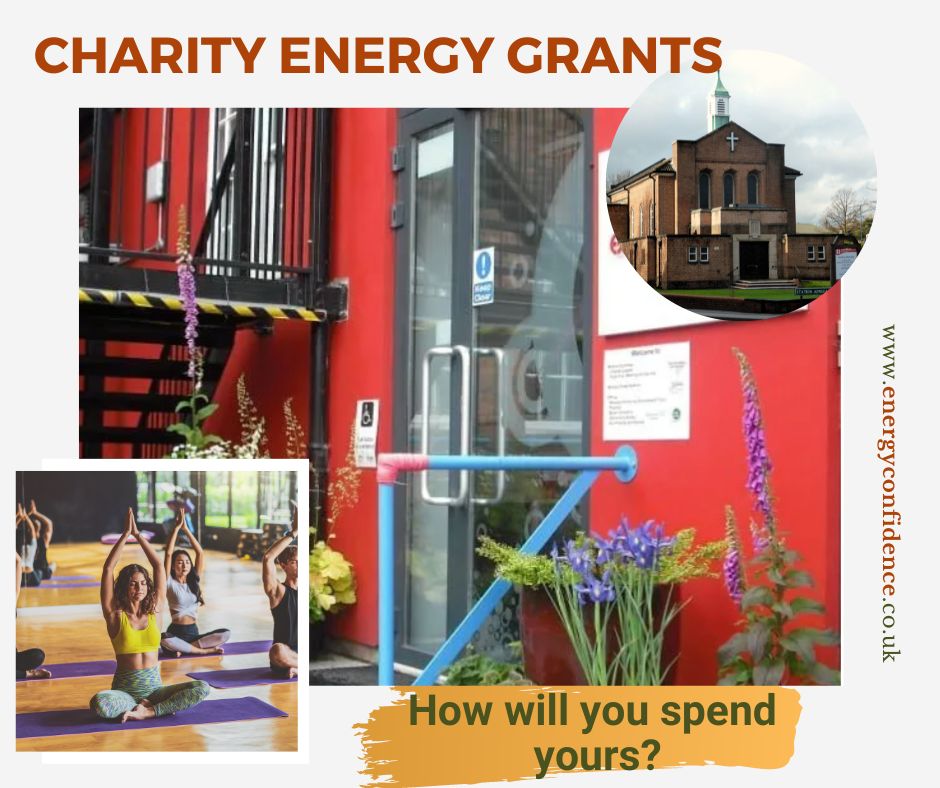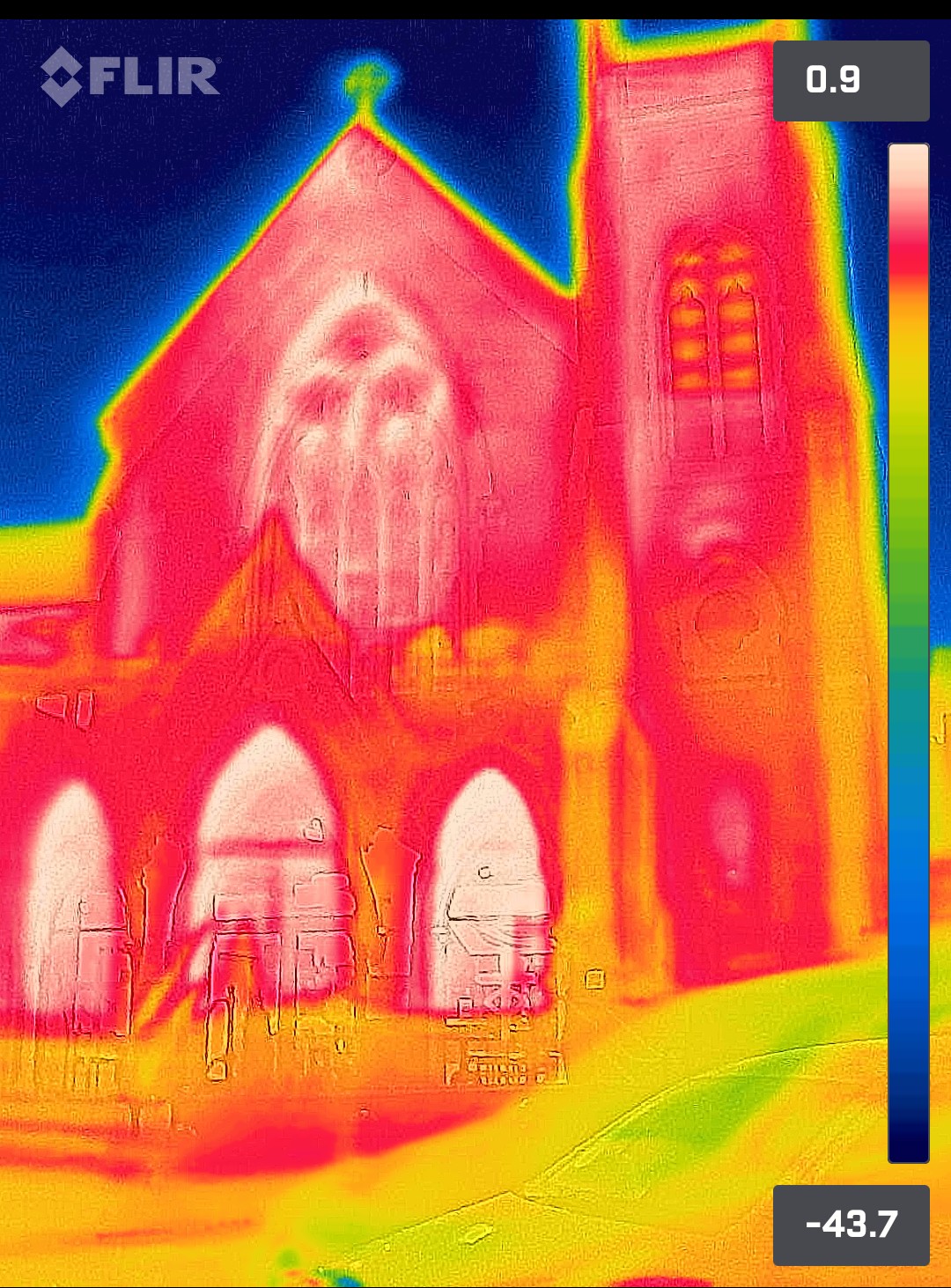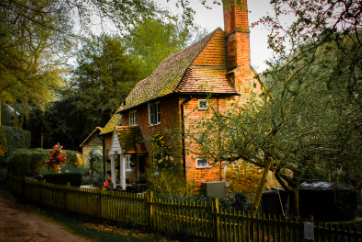
In December 2022 I was contacted by a household in Coventry who had a heat pump installed in 2010, but it wasn’t performing as well as expected. The house had a number of insulation measures fitted so they were a bit puzzled as to why it was struggling to heat the home.
I was out of action for a short while in December 2022 as a lorry had ran into us on the motorway (the lorry driver has since admitted responsibility), fortunately our injuries were minor.
So it was February 2023 before I was able to go see them in Coventry.
By doing a whole-house survey with thermal imaging I was able to advise them that:
- There were a number of issues with the design of the heat pump, mainly around hot water flow rates and temperatures
- Some of their insulation and glazing was not performing as expected
- Their radiators were not ideal for a low temperature heat pump
- Their heating controls were not as good as the kind of intelligent systems that have emerged in the last decade.
I was able to recommend a number of low and medium cost measures that could be taken, short of replacing the heat pump.
They thought about it over the summer and then decided to replace the heat pump, which was coming up to 13 years old, and also because they were thinking of selling the house.
They got a desktop quote from a heat pump installer that had been recommended to them. They came back to me and we agreed an additional fee for me to do some hand-holding.
I looked at the desktop quote and was able to advise the householders on:
- The suitability of the recommended replacement heat pump
- The heat loss calculation that the installer had carried out
- The proposal that the installer had made regarding new radiators, heating controls
- My view on whether the proposed installer had the necessary skills that were needed.
I told the householders that I was happy for them to proceed with getting a full site survey and quote from the installer, and what questions to ask the installer.
I will update this blog when I have heard back from the householders. Watch this space!
Sadly this is not the only occasion where I have been asked to help a household with an under-performing heat pump. The good news is that if you get it right then a heat pump is a game-changer for thermal comfort, running costs and greenhouse gas emissions. Heat pumps do work in the UK climate if you get the design parameters right.
Below you can see videos of two of my clients who are over the moon with their new heat pumps.
First of all, Ben;
Next up, Maggie and Dave (turn your sound up as the sound quality isn’t brilliant, or watch on YouTube and turn the subtitles on).
This week has seen good news that the grant available to homeowners and private landlords for replacing a gas boiler with a heat pump has risen to £7,500.
If you are a householder, landlord or business thinking about major energy saving measures such as a heat pump, insulation, or solar, then please check out my energy saving advice packages. I’m completely impartial and not tied to any installer or manufacturer.



![]() .
.












